Understanding Power Outages and Medical Equipment Storage
For individuals and families relying on medical equipment, power outages can be more than just an inconvenience – they can be critical events requiring careful planning and preparation. This comprehensive guide will help you protect vital medical equipment through smart storage solutions during power disruptions.
Why Climate-Controlled Storage Matters for Medical Equipment
Medical equipment often requires specific temperature and humidity ranges to maintain proper function and safety. Climate-controlled storage provides:
- Consistent temperature control regardless of external conditions
- Humidity regulation to prevent equipment deterioration
- Protection from extreme weather events
- Backup power systems for continuous operation
Essential Equipment That Needs Protection
Understanding which medical equipment requires special storage consideration is crucial:
- Respiratory equipment (CPAP machines, oxygen concentrators)
- Electronic monitoring devices
- Battery-operated medical devices
- Temperature-sensitive medications
- Backup medical supplies
Creating Your Power Outage Storage Plan
A comprehensive storage plan should include:
1. Equipment Assessment
- List all critical medical equipment
- Document power requirements
- Note temperature sensitivity ranges
- Identify backup power needs
2. Storage Unit Selection
- Choose appropriate unit size
- Verify climate control capabilities
- Confirm backup power availability
- Check accessibility options
3. Organization Strategy
- Create labeled zones for different equipment types
- Implement inventory tracking system
- Establish regular maintenance schedule
- Document storage locations and access procedures
Smart Storage Solutions for Different Equipment Types
Electronic Medical Devices
Store electronic equipment with these considerations:
- Use moisture-proof containers
- Include desiccant packets
- Maintain proper battery storage
- Keep original packaging when possible
Temperature-Sensitive Items
Protect temperature-dependent equipment by:
- Using insulated storage containers
- Monitoring temperature regularly
- Implementing backup cooling solutions
- Maintaining proper ventilation
Emergency Access Planning
Ensure quick access to medical equipment during emergencies:
- Create detailed access procedures
- Share access information with caregivers
- Keep emergency contact list updated
- Document equipment retrieval priorities
Maintaining Your Storage System
Regular maintenance ensures your storage system remains effective:
- Monthly equipment checks
- Temperature monitoring logs
- Battery replacement schedule
- Emergency procedure updates
Additional Tips for Success
- Keep detailed equipment maintenance records
- Store operation manuals with equipment
- Include backup power solutions
- Maintain emergency supply kits
- Review and update procedures quarterly
When to Seek Professional Help
Consider professional assistance for:
- Complex equipment storage needs
- Power system installation
- Climate control setup
- Emergency response planning
Conclusion
Proper storage of medical equipment during power outages requires careful planning and the right resources. By following this guide and implementing appropriate storage solutions, you can ensure your vital medical equipment remains protected and accessible when you need it most.
Remember to regularly review and update your storage plan to accommodate changing needs and new equipment. With proper preparation, you can maintain peace of mind knowing your medical equipment is safe and ready for use, even during unexpected power disruptions.



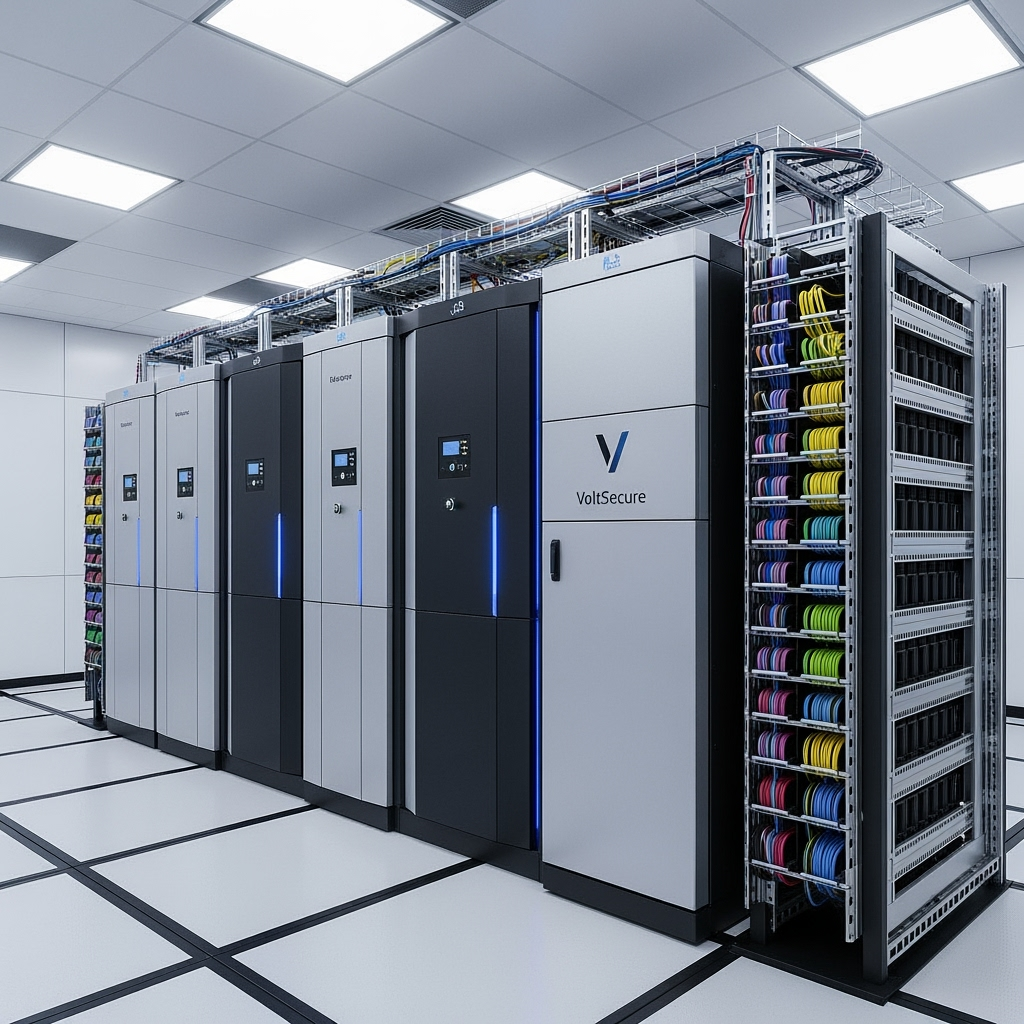

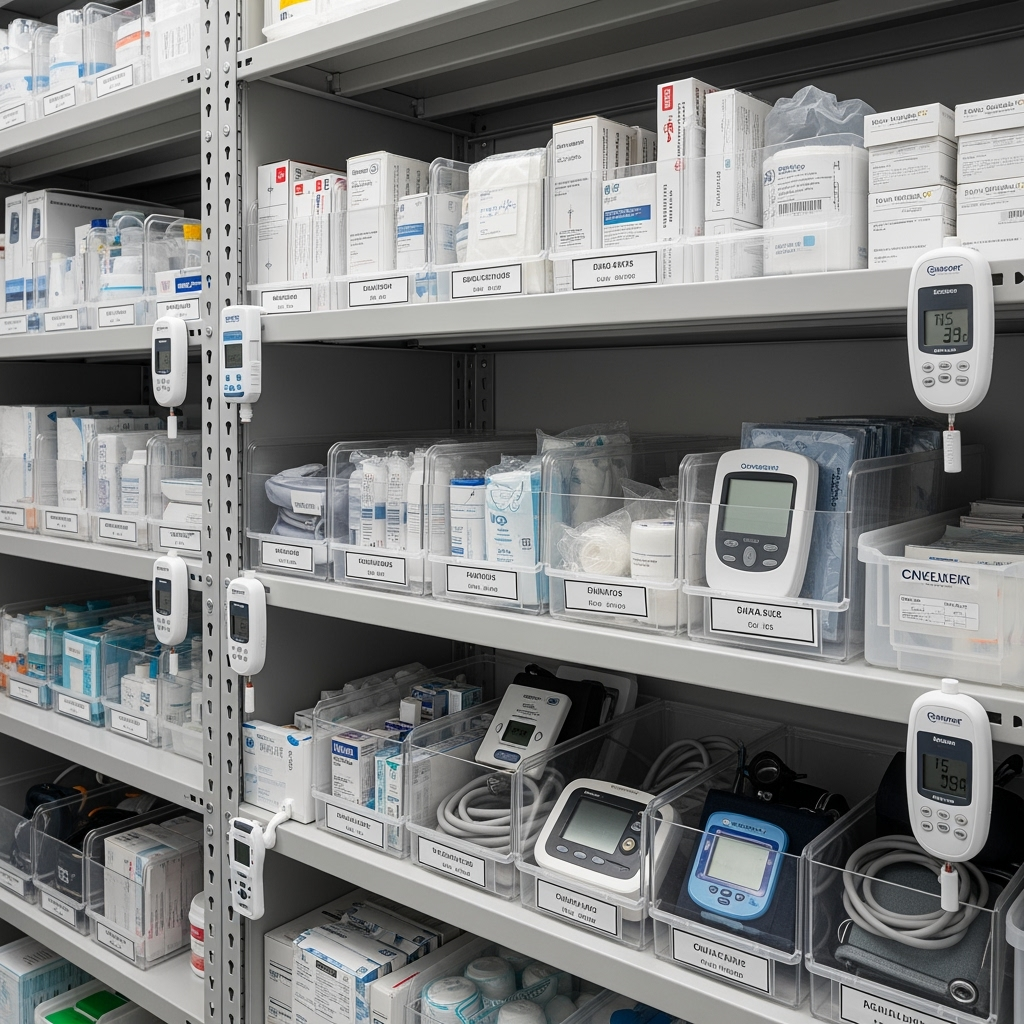
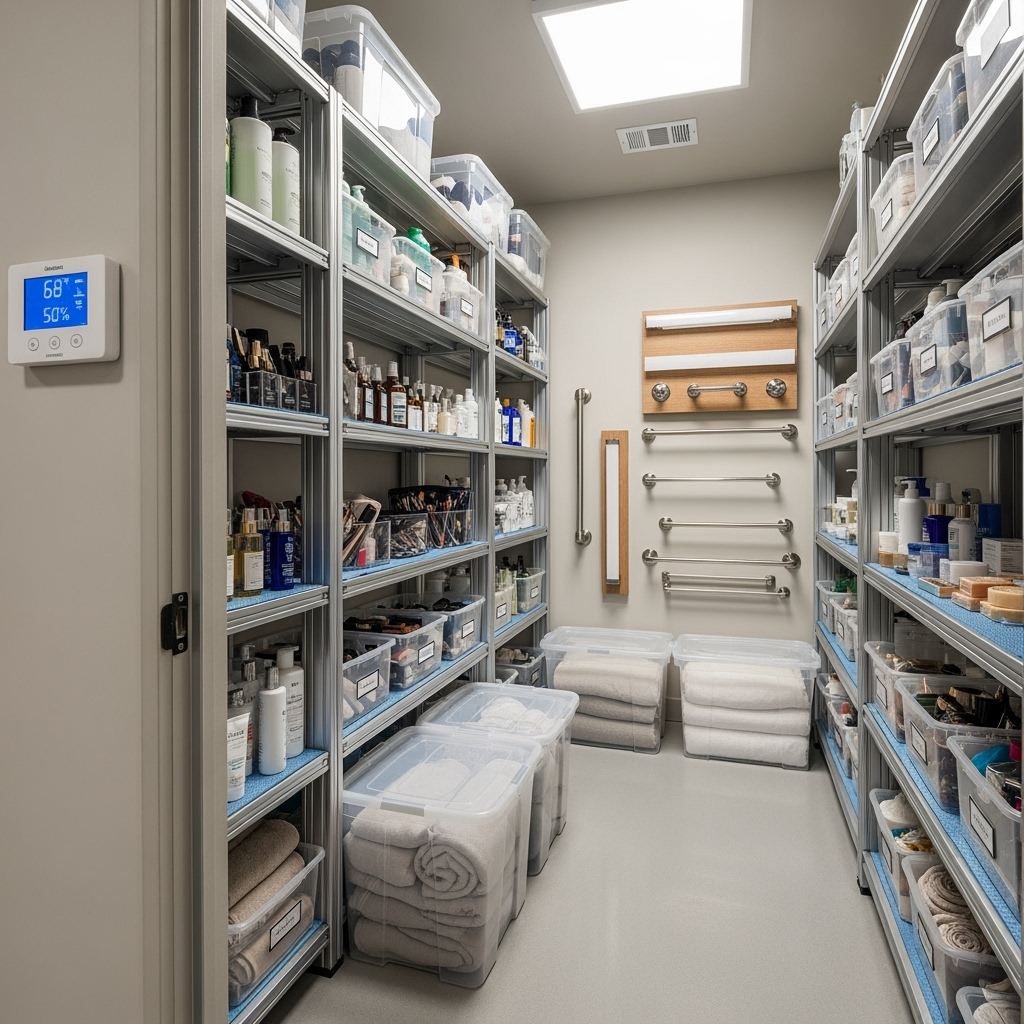
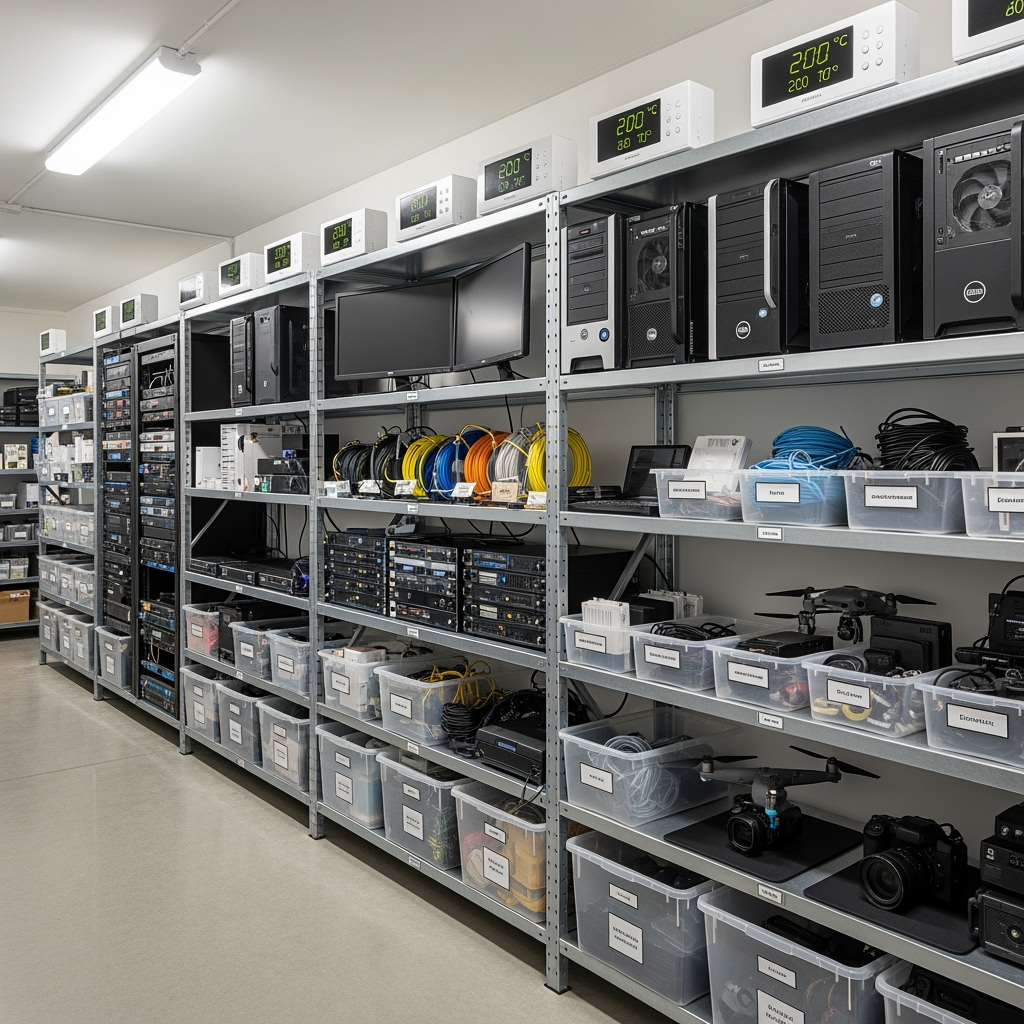
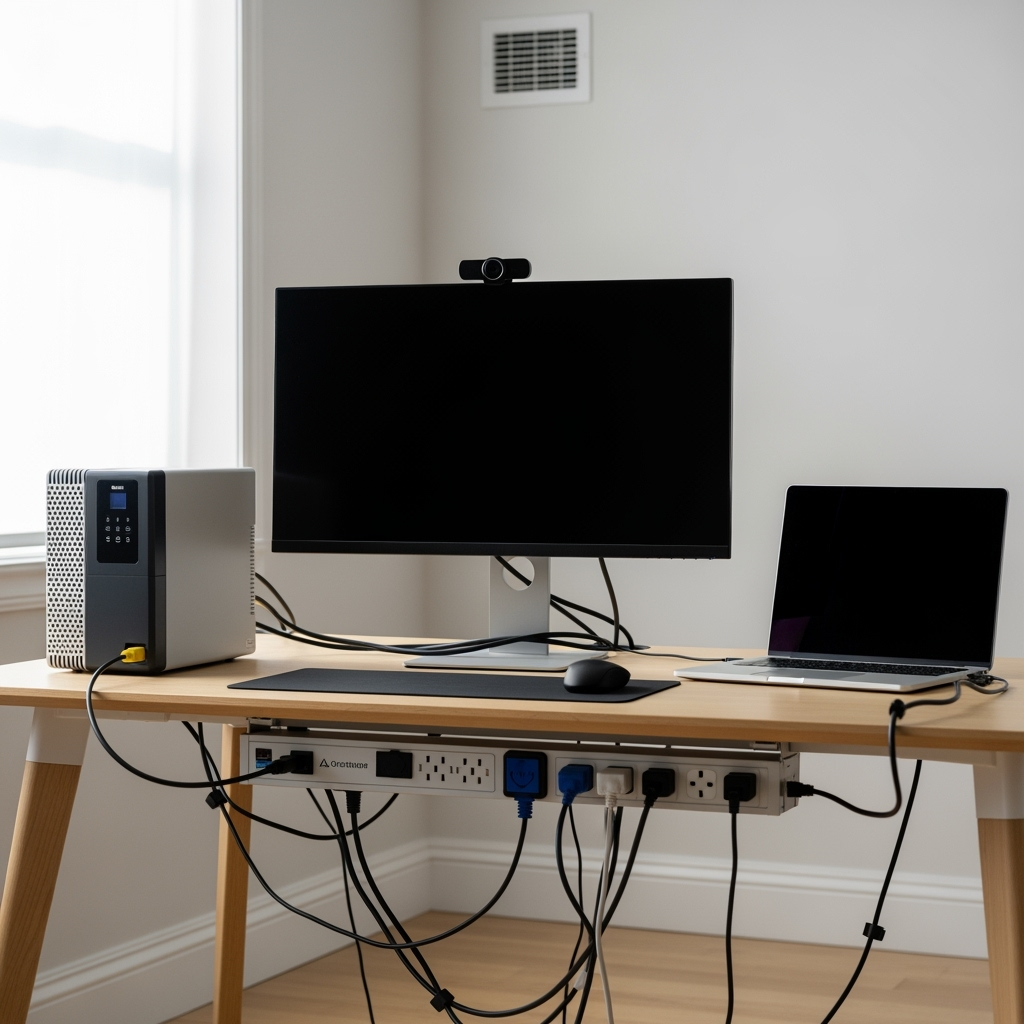
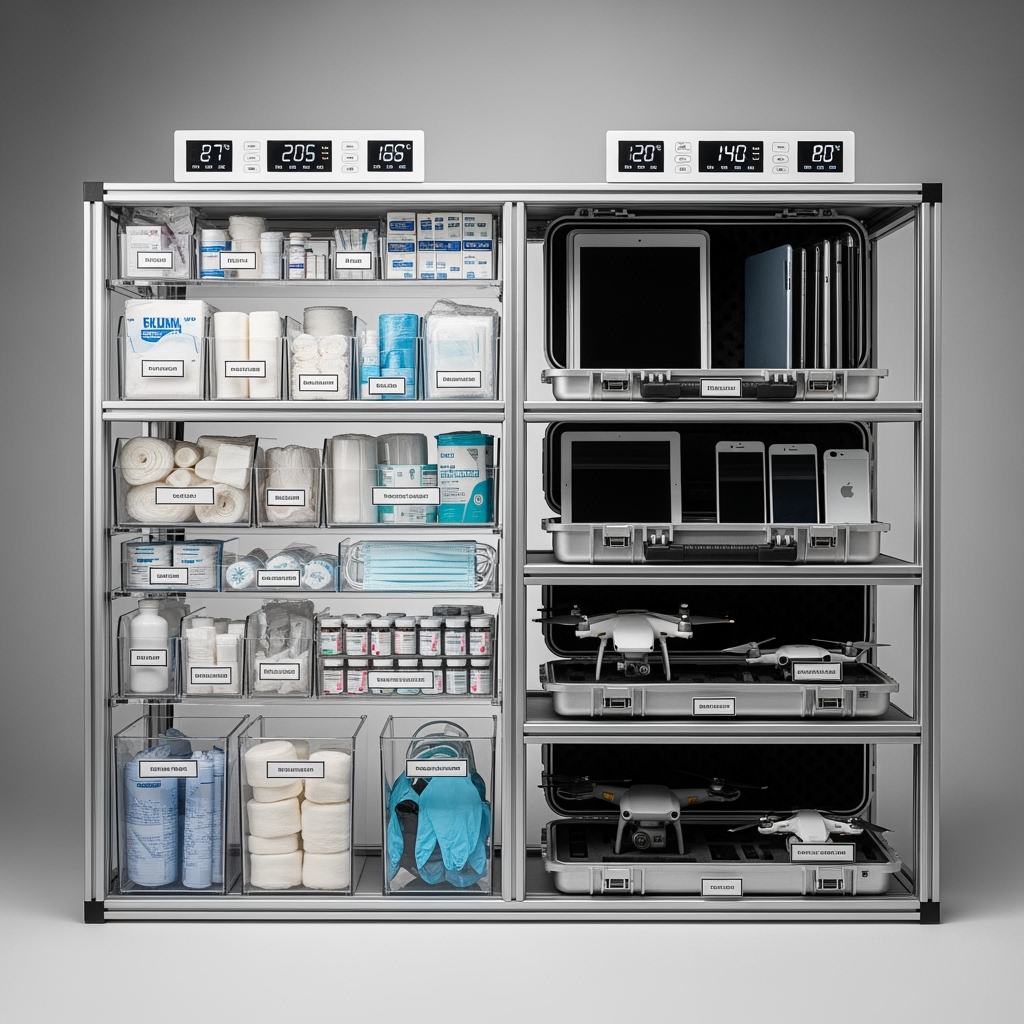
Leave a Reply